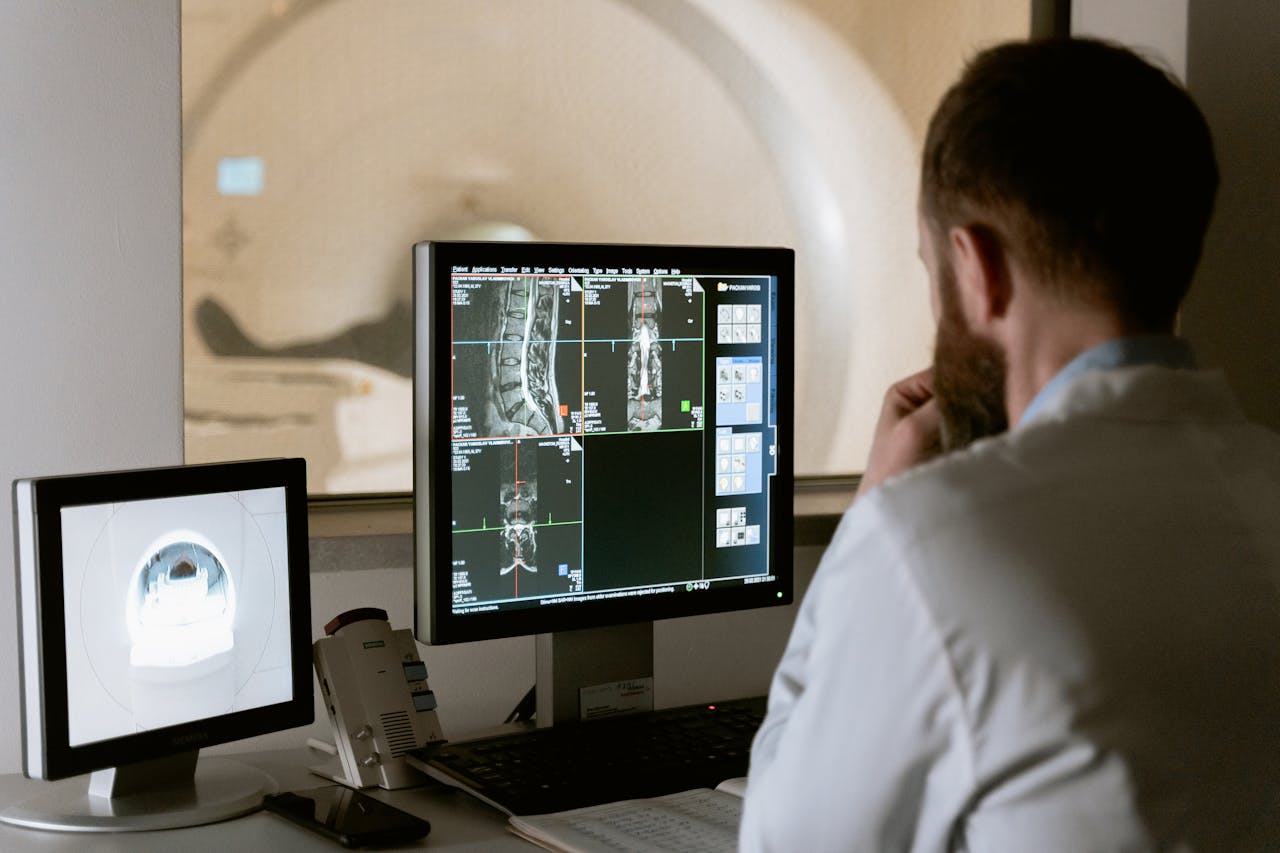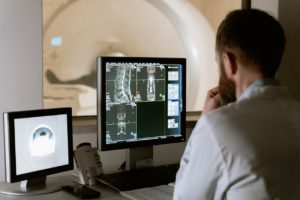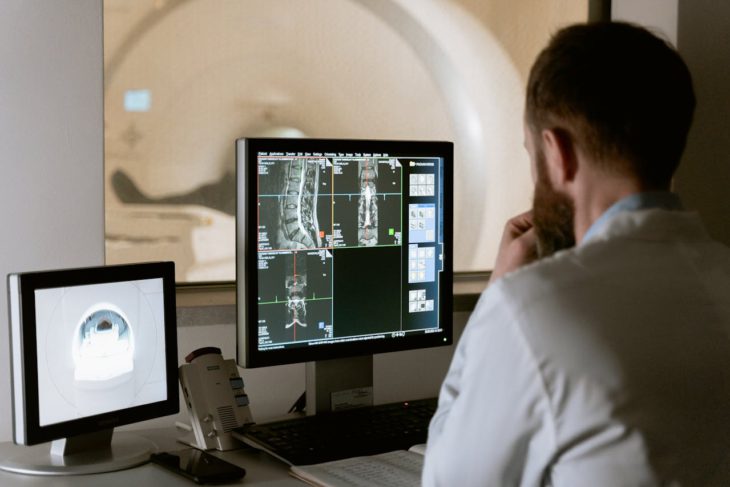
Breast health is a critical aspect of overall well-being, and medical imaging plays a crucial role in early detection and diagnosis. In Melbourne, individuals have access to a range of breast imaging services, each offering unique benefits and technologies. This article aims to shed light on breast imaging options in Melbourne, focusing on the significance of breast scans and medical imaging in maintaining breast health.
Breast Scan Melbourne: The Importance of Early Detection
Breast scans, including mammograms and breast ultrasounds, are essential tools for detecting abnormalities in breast tissue at an early stage. Early detection is key to improving outcomes in breast cancer treatment, as it allows for prompt intervention and a higher likelihood of successful treatment.
Women are encouraged to undergo regular breast scans In Melbourne as part of their preventive healthcare routine. Mammograms, which utilize low-dose X-rays to capture images of breast tissue, are recommended for women over the age of 40, or earlier for those with a family history of breast cancer or other risk factors. Breast ultrasounds may be used as a supplemental screening tool for women with dense breast tissue or to further evaluate abnormalities detected on a mammogram.
Advancements in Medical Imaging Technology
Advancements in medical imaging technology have revolutionized the field of breast imaging, allowing for more accurate and efficient detection of breast abnormalities. Digital mammography, for example, offers improved image quality and faster image processing times compared to traditional film mammography, reducing the need for repeat scans and minimizing patient discomfort.
In addition to mammography, other advanced imaging modalities such as breast MRI (magnetic resonance imaging) and molecular breast imaging (MBI) may be used in certain cases to provide a more comprehensive evaluation of breast tissue. These technologies offer higher sensitivity for detecting breast cancer in specific populations, such as women with dense breast tissue or those at high risk for developing breast cancer.
Accessibility and Availability of Breast Imaging Services
In Melbourne, individuals have access to a wide range of breast imaging services, including public hospitals, private clinics, and specialized breast imaging centers. Public health programs, such as BreastScreen Victoria, provide free mammograms for women aged 50 to 74 every two years, while private clinics offer a range of imaging services for individuals seeking more frequent screenings or specialized care.
Accessibility to breast imaging services is essential to ensuring timely detection and diagnosis of breast cancer, particularly for individuals living in remote or underserved areas. Mobile screening units and outreach programs help bridge the gap in access to breast imaging services, bringing screening mammography to communities across Melbourne and beyond.

Empowering Patients through Education and Awareness
In addition to providing access to breast imaging services, patient education and awareness play a crucial role in promoting breast health and encouraging proactive screening behaviors. In Melbourne, organizations such as BreastScreen Victoria and Cancer Council Victoria offer resources and information to help individuals understand the importance of regular breast screenings and the role of medical imaging in early detection.
By empowering patients with knowledge about breast health and the available screening options, individuals can make informed decisions about their healthcare and take proactive steps to prioritize their well-being. Breast imaging services in Melbourne aim to not only detect breast cancer at an early stage but also empower individuals to take control of their health and advocate for their own well-being.
Research and Development in Breast Imaging
Continual research and development in breast imaging technology are driving advancements in the field, with a focus on improving accuracy, reducing radiation exposure, and enhancing patient comfort. Innovations such as digital breast tomosynthesis (DBT), also known as 3D mammography, offer a three-dimensional view of the breast tissue, allowing radiologists to detect and evaluate abnormalities with greater precision.
Moreover, artificial intelligence (AI) and machine learning algorithms are being integrated into breast imaging systems to assist radiologists in interpreting mammograms and identifying subtle signs of breast cancer. These technologies have the potential to improve diagnostic accuracy, reduce false positives, and streamline the interpretation process, ultimately leading to better patient outcomes.
Furthermore, research into novel imaging agents and contrast agents for breast MRI is ongoing, with the aim of improving the sensitivity and specificity of breast cancer detection. Molecular imaging techniques, such as positron emission mammography (PEM) and molecular breast imaging (MBI), are also being explored as adjuncts to conventional imaging modalities, offering insights into the molecular characteristics of breast tumors and guiding personalized treatment strategies.
The Role of Multidisciplinary Care
In Melbourne, breast imaging is just one component of a multidisciplinary approach to breast health, which also includes clinical breast examinations, genetic testing, pathology, and oncology services. Multidisciplinary breast care teams collaborate to provide comprehensive and personalized care for individuals undergoing breast imaging and diagnostic evaluation.
These multidisciplinary teams often include radiologists, breast surgeons, medical oncologists, radiation oncologists, pathologists, genetic counselors, and breast care nurses, among other specialists. By bringing together diverse expertise and perspectives, multidisciplinary breast care teams ensure that patients receive individualized treatment plans tailored to their unique needs and circumstances.
Community Outreach and Education Initiatives
Community outreach and education initiatives play a vital role in promoting breast health awareness and encouraging screening participation among diverse populations in Melbourne. BreastScreen Victoria, for example, conducts targeted outreach programs to reach underserved communities, culturally and linguistically diverse groups, and individuals facing barriers to accessing healthcare.
These outreach efforts may include community events, educational workshops, and partnerships with local organizations to raise awareness about breast cancer screening and the importance of early detection. By engaging with communities at the grassroots level, these initiatives aim to address disparities in breast health outcomes and improve access to screening services for all individuals in Melbourne.
Conclusion: Advancing Breast Health in Melbourne
In conclusion, breast imaging services in Melbourne are at the forefront of advancing breast health through innovation, accessibility, and multidisciplinary care. With a focus on early detection, personalized treatment, and community engagement, Melbourne is taking proactive steps to improve breast health outcomes and reduce the burden of breast cancer on individuals and society.














